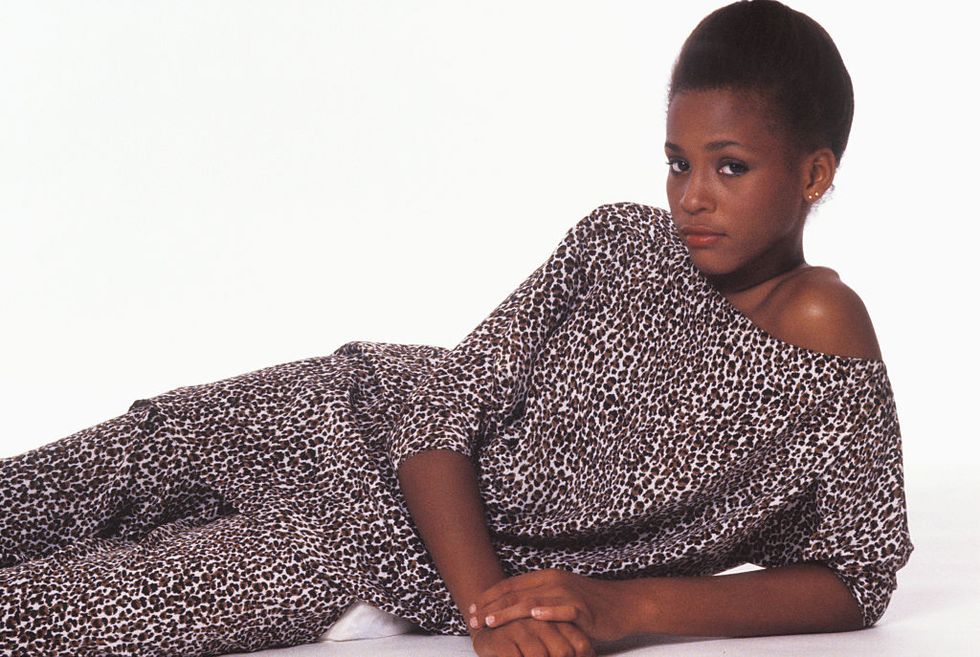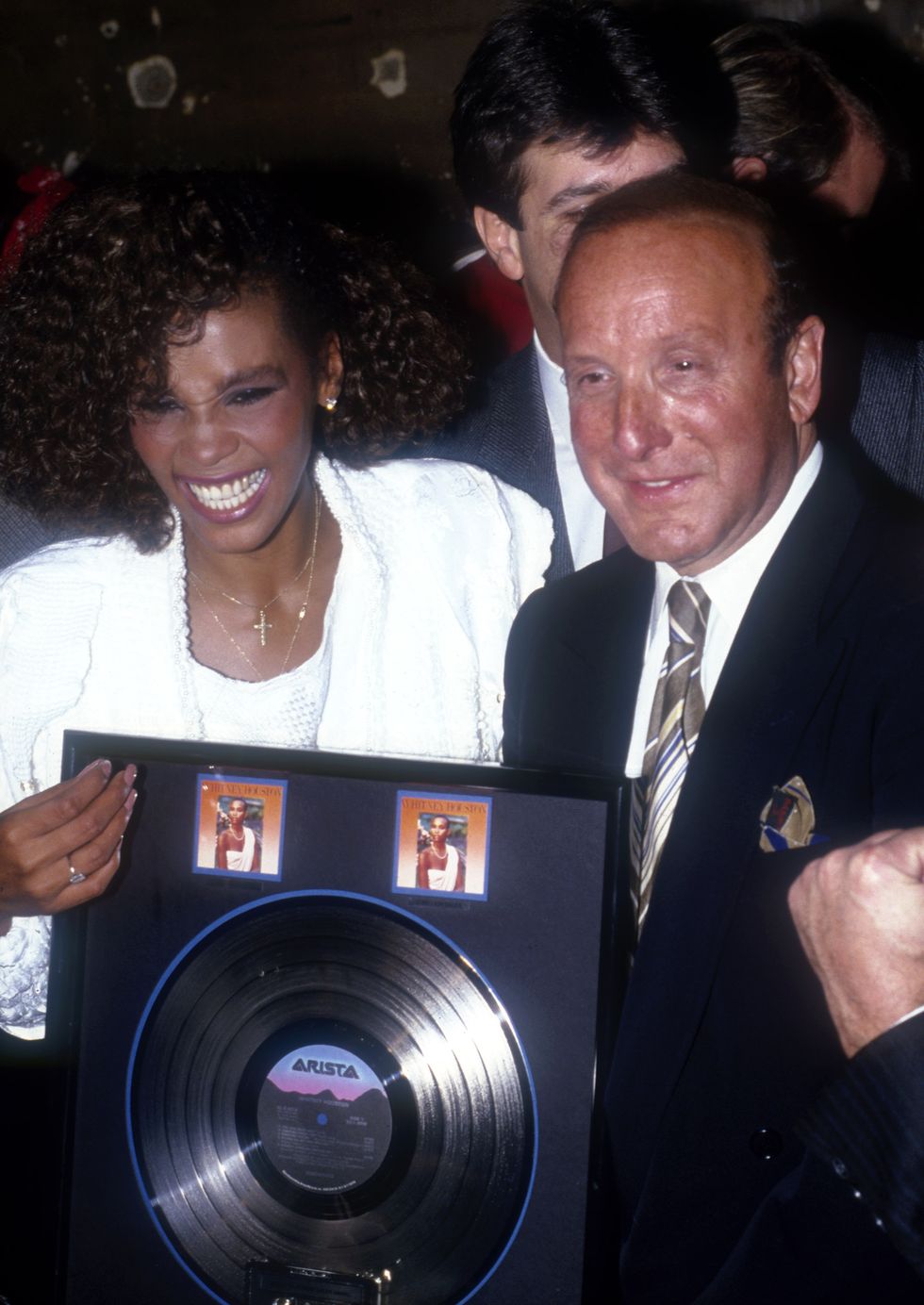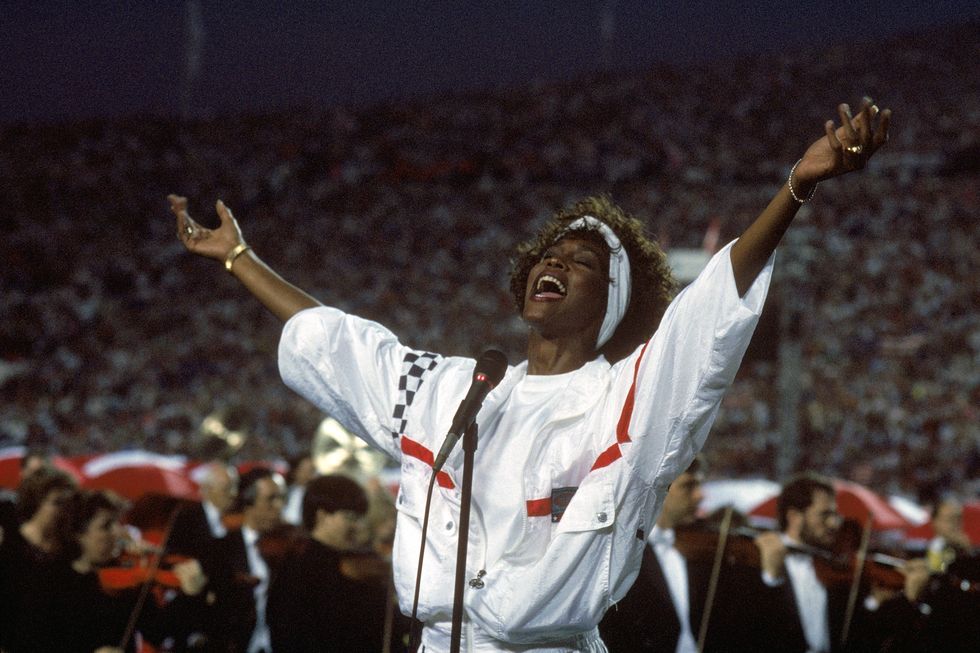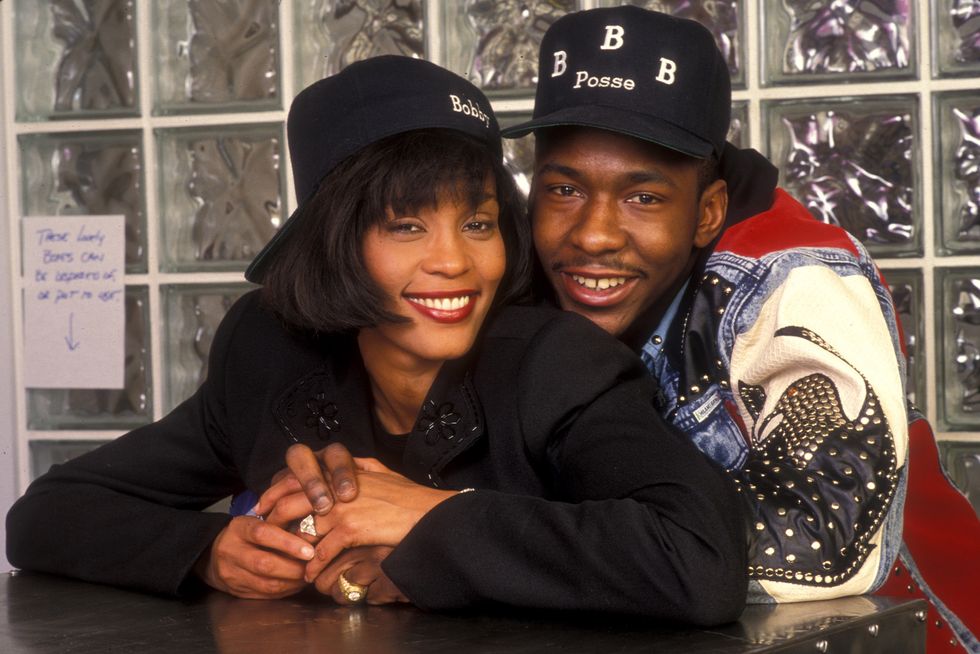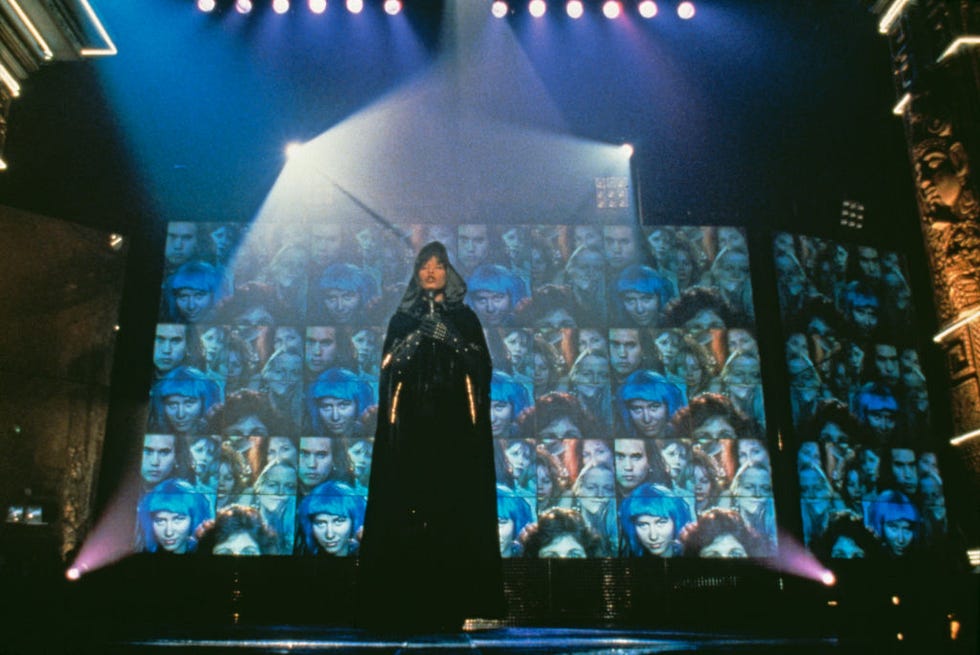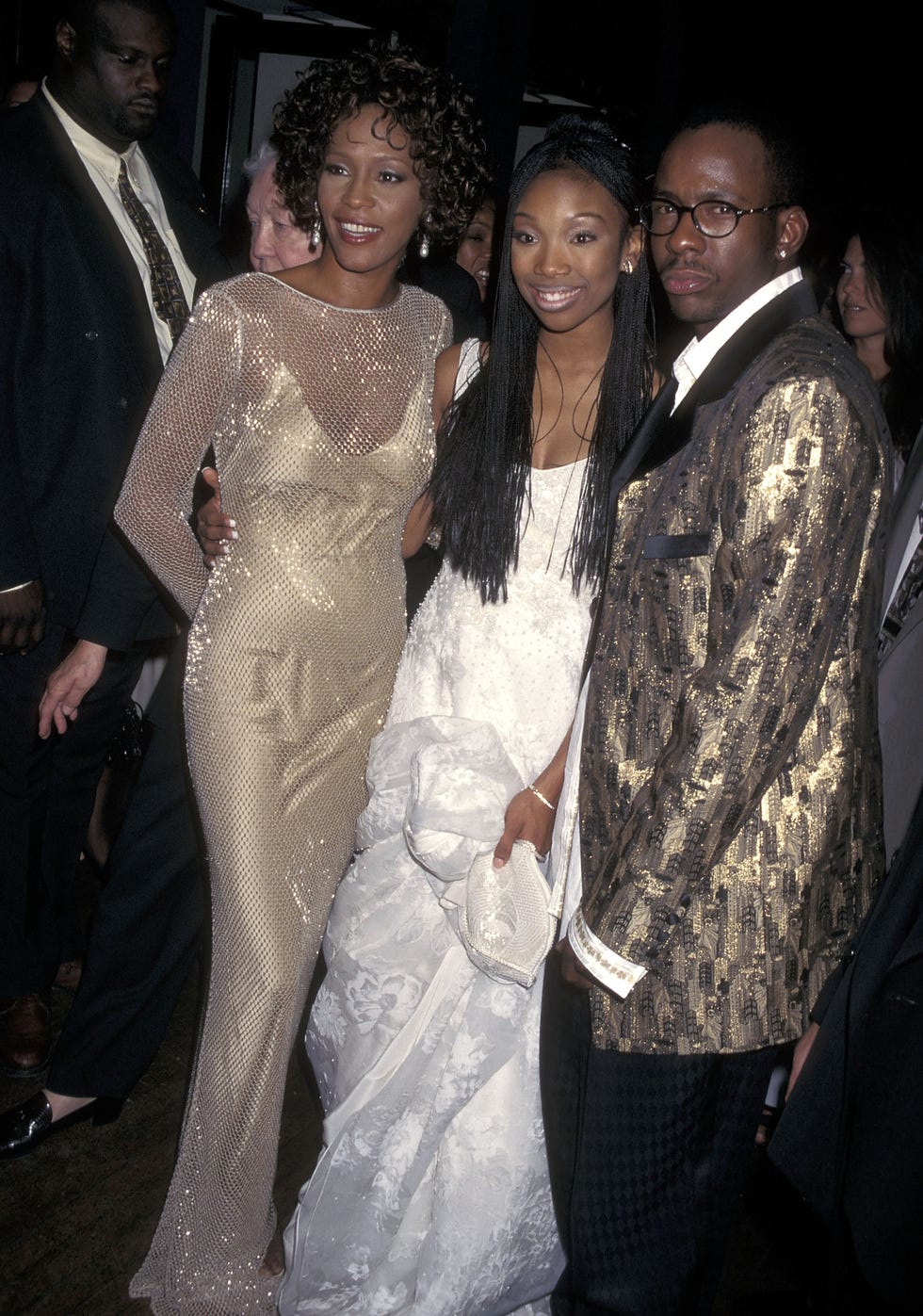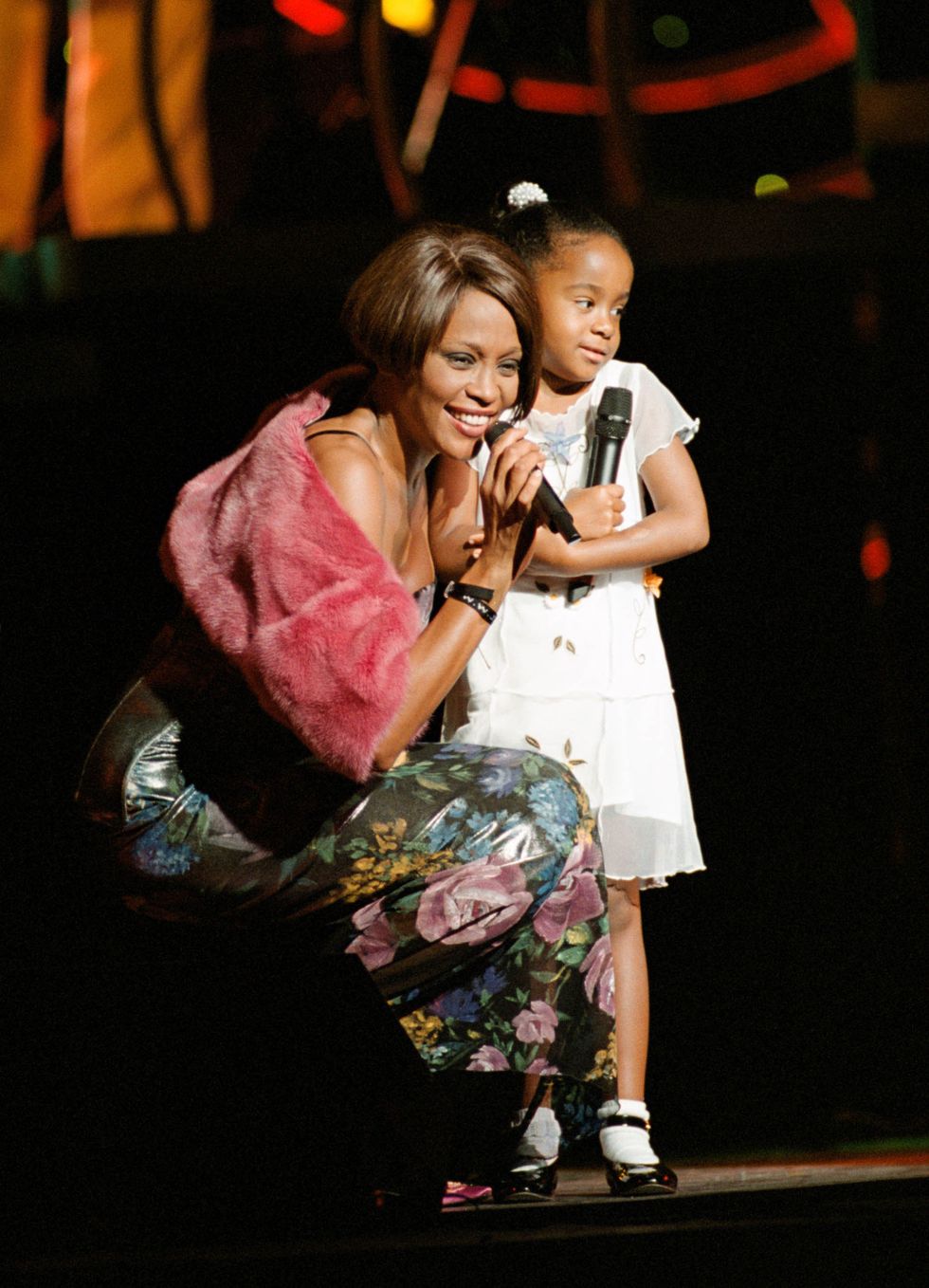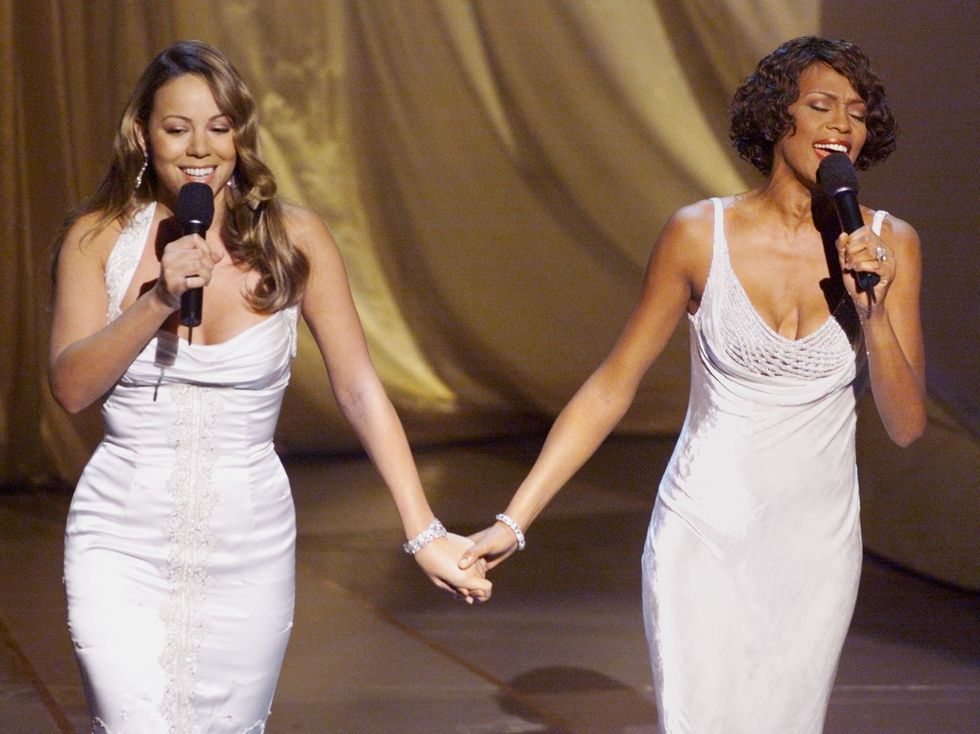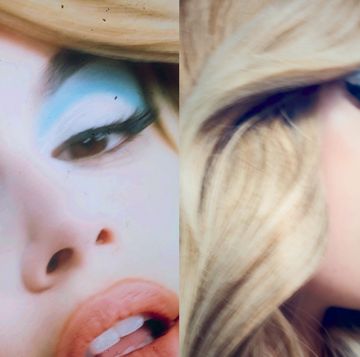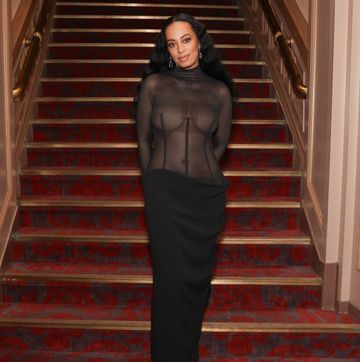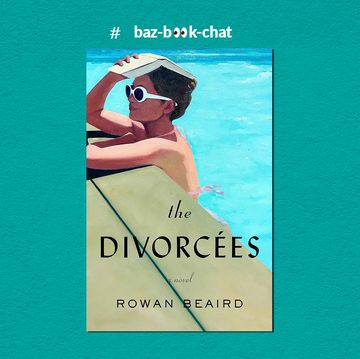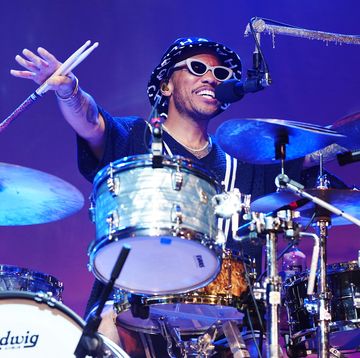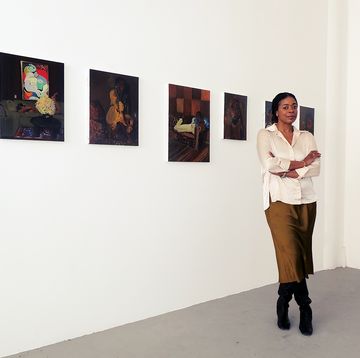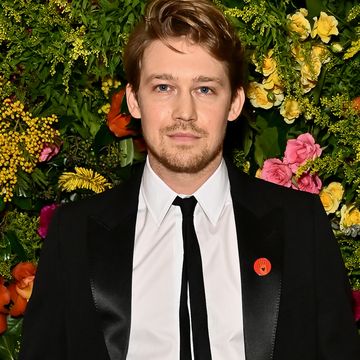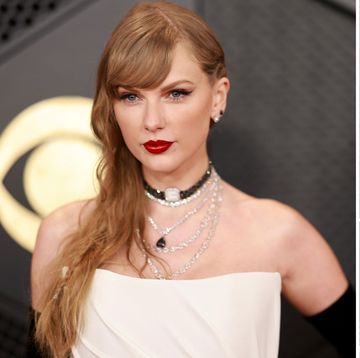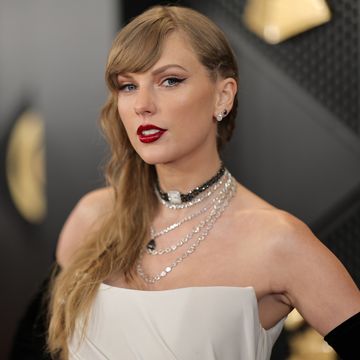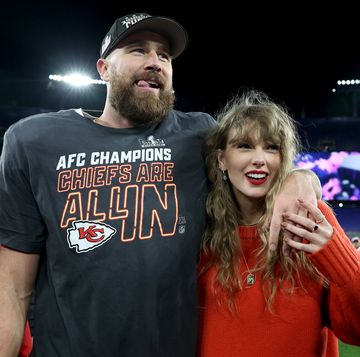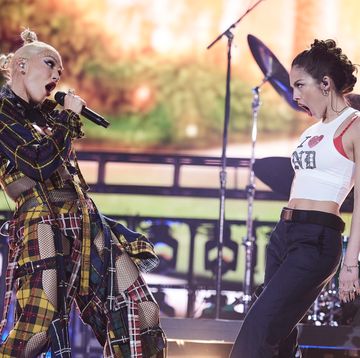Ten years have passed since Whitney Houston last graced us with her presence on this earth, a globally beloved icon whose gift wasn’t just a testament to the beauty and power of the human voice, but also the resilience of the human spirit. As the best-selling female R&B artist of the 20th century and one of the best-selling singles artists in history, she has acquired numerous accolades over the course of her career: more than 200 million records and singles sold worldwide, multiple blockbuster films and soundtracks, eight Grammy awards. But most critically, to engage with Whitney’s work, both musically and culturally, is to engage in the work of the divine.It is the faith that informs her vocal style and Black American cultural legacy; that same faith would help her persevere through trials and tribulations when many had become more invested in wading through sordid details of her personal life than embracing her humanity.
There was an effortless purity in Whitney’s power; her crescendoing key changes washed over you like a tidal wave while she commanded the stage with her modelesque grace. Her charm and talent were dynamic and irresistible, rendering even the harshest critics helpless, aiding in crafting her as both the darling of pop, as well as the Black American community. She was a woman who—to paraphrase the words of the Houston family pastor—consistently fought to find a bright light in a dark place, wherever that may be.
In the decade since her passing, much may have changed about popular music, but the impact Whitney has left on her ability to bring life to the universal accessibility of the range of human emotions to the pop ballad remains. On this anniversary, let us take a look at some of the more pivotal moments of her life, through the lens of the following select photos.
Before the world knew the mononym of Whitney, she was Nippy from Newark, the youngest of three and a soloist at the junior gospel choir at the New Hope Baptist Church. Whitney was born into Black musical royalty in 1963: Her mother, Cissy Houston, is one of the most legendary backup singers in soul and gospel music; Dionne Warwick is her cousin; and the inimitable Aretha Franklin is her honorary aunt and part of her extended family clan. Whitney’s stupendous vocal range may have been God-given, but Cissy instilled in her a strong sense of melody and phrasing, with the superstar performing her first solo at age 11 in their home church. Beyond the storied family legacy, however, is the deep-rooted community the Houston family had built in north Jersey.
In 1983, Clive Davis introduced Whitney to the world for the first time on The Merv Griffin Show. “There was Lena Horne, there’s Dionne Warwick,” he said, “but if the mantle has to pass to someone who is 19, who’s elegant, who’s sensuous, who’s innocent, who’s got an incredible range of talent, but guts and soul at the same time, it would be Whitney Houston, in my opinion.” Whitney’s collaborative relationship with Davis would persist throughout the tenure of her professional career, becoming Arista Records’ flagship recording artist after signing with the label in 1983.
Despite many believing that Davis shaped Whitney’s career, they often worked in more of a symbiotic relationship, learning from and informing each other of their extensive musical repertoires as their careers grew to new heights. “I was very amazed at how much—I shouldn't have been but—my mother knew how knowledgeable Clive was of music, of songs, of lyric, of melody,” Whitney once said in an interview, with her signature clipped diction offering emphasis. “We love the same music, believe it or not.”
Prior to her musical career, Whitney’s striking and photogenic features—impossibly high cheekbones, a thousand-watt smile, and legs women would do Jane Fonda workouts in desperate attempts to achieve—meant that she had a promising and budding career as a print model. She graced the cover of Seventeen magazine in 1981 at a time when you would rarely see a Black face on those pages. Such early exposure to the camera would assist her later in her career as she transitioned into music videos and film, offering her a space to refine her poise and charm.
Modeling offered Whitney a creative medium outside of the church, before she formally transitioned into secular music. It also gave her space to embrace the art of performance, embodying a persona for professional work. Up until that point, much of her relationship with music had been indistinguishable from an expression of faith.
Whitney’s self-titled debut album released in 1985. At just 21 years old, she had three chart-topping singles ("Saving All My Love for You," "Greatest Love of All," and "How Will I Know"). Whitney earned a Grammy Award for Best Female Pop Vocal Performance. She would go on to outdo herself with her second album, Whitney, which would be the first album by a woman to debut at number one in the Billboard Top 200 and have four number one singles.
The debut album’s cover art is simultaneously demure and stunning. Elegant, poised, graceful, adorned with a delicate string of pearls and a draped Giovanni di Maura gown that accentuates her clavicle, she embodied class and style. This clean-cut polish would adjust itself over the years as Whitney worked to modulate against the persona of America’s princess. She rapidly discovered the role was merely a restrictive, perfectionist box.
Before Black America knelt for the national anthem, Whitney reconstructed it into a rendition for the ages at Super Bowl XXV in 1991. Sporting a white jumpsuit and Nike Cortez sneakers as people wept in the stands, her rendition slowed the notoriously difficult-to-sing anthem down to 4/4 time. It was an interpretation that proved so popular, it became an unplanned top-20 hit and charity single, with radio stations initially airing the song from recordings of the broadcast. In some ways, this should have been predictable: If there is one thing Whitney can do in her sleep, it’s create an anthem that rouses people across the world.
Three years before this iconic moment, for the 1988 Summer Olympics in Seoul, South Korea, she did the same for “One Moment in Time,” a song that ends in a triumphant swell of, “I will be free.” In her version of “The Star-Spangled Banner,” Whitney similarly seems to refashion the “land of the free” into a demand instead of descriptive statement, all with a brilliant soaring melisma up to the E-flat note above middle C at the end of the measure, which she’s able to hold for two extra counts, like a liberty bell ringing. What is an anthem if not a testimony or an ultimate expression of faith?
Much has been said about Whitney Houston and Bobby Brown’s marriage, and their highs and lows. Despite the depths of their low moments—which included drug use, domestic violence, and infidelity—at their peak, Whitney and Brown were ubiquitous, although Whitney was the more mainstream star (Don’t Be Cruel,Brown’s biggest solo album, was released in 1988). The bad boy from New Edition who nabbed America’s darling reflected the dynamism and range of Black American pop culture’s titans. In truth, they had more in common than their fan bases recognized or acknowledged at the time. “[It was] too much to try to live up to. Too much to try to be, you know? And I wanted out at some point,” Whitney expressed to Oprah Winfrey in a 2009 interview explaining their initial bond. “He allowed me to be me. He was fun. Passionate. Loving. It was crazy. We were crazy love.” Their 800-guest wedding was an extravagant affair that took the cover of Jet magazine at the time: Whitney in a custom $40,000 French lace gown with matching headpiece and veil, and a wedding party adorned in purple regalia. In true Whitney fashion, it was both overwhelming and still a picture-perfect capsule moment.
Whitney starred in her first film in 1992, The Bodyguard with Kevin Costner, a runaway box office success and the biggest movie of her career. The film didn’t only establish her film career, but included one of her signature songs: her cover of Dolly Parton’s “I Will Always Love You.” Rearranged into a soul ballad with a saxophone solo, the song includes a four-minute gradual crescendo that slowly submerges the listener until a final surge and key change pulls one under the tide of Whitney’s unparalleled sonic versatility. It’s a transcendent moment that almost wasn’t—as Costner elaborated in a stirring speech at Whitney’s funeral, the song selected was almost “What Becomes of the Broken Hearted.”
Whitney would continue her film success with starring roles in the Black women’s romance film Waiting to Exhale in 1995 alongside Angela Bassett and Lela Rochon, and The Preacher’s Wife in 1996 with Denzel Washington and Courtney B. Vance, with the latter resulting in the best-selling gospel album of all time, a record that holds to this day.
Whitney also mentored budding artists, with singers such as Brandy, Monica, and Mariah Carey all citing strong influence from her guiding hand. She would eventually abandon the pretense and don the fairy godmother outfit outright in 1997, in a race-inclusive retelling of the Cinderella fairy tale. The hit TV film features Brandy as the lead and was made under Whitney’s production company, BrownHouse Productions. Intimate behind-the-scenes moments capture the relationship Whitney had with Brandy as they worked on recording layered and textured vocals for the musical: Whitney consistently nurtured and validated the younger singer’s skill and capability while pushing her to step up to the next level. Just a few years later, Brandy would deliver Full Moon to the world and be given her own honorific: the “vocal bible.”
Whitney’s daughter with ex-husband Bobby Brown, Bobbi Kristina Brown, was born in 1993. Fans would watch Bobbi Kristina grow up alongside the singer, occasionally bringing her out during performances as they expressed their unconditional love for each other in front of an audience of thousands. "Having Bobbi Kristina … I could never do anything that could top that," Whitney said in an interview with Rolling Stone. "God knows, I have been in front of millions and millions of people, and that has been incredible, to feel that give-take thing. But, man, when I gave birth to her and when they put her in my arms, I thought: 'This has got to be it. This is the ultimate.' I haven't experienced anything greater." Bobbi Kristina affirmed this, saying in a 2012 interview with Oprah, “She wasn’t only a mother, she was a best friend.”
Whitney Houston closed out the '90s with My Love Is Your Love, an album with an edgier R&B sound than previous efforts. The album extended past her collaborative mainstays of David Foster and Babyface to rising contemporary giants in hip-hop and R&B such as Missy Elliott, Lauryn Hill, and Q-Tip. It was released to strong critical reviews and produced the hit single, "Heartbreak Hotel," featuring Faith Evans and Kelly Price.
It was the Prince of Egypt duet, "When You Believe," with Mariah Carey, however, that was viewed as a true triumph—two vocal divas coming together at the peaks of their careers, squashing any press-fueled rumors of a rivalry to put out a hit single that would go on to win the Academy Award for Best Original Song. “Working with Whitney was an experience I’ll never forget,” Carey said to Billboard in an interview. “It was a bonding experience. … Once we knew each other, we had the best time together and I was honored to work with her, so when I look at this picture, I’m really proud that we had this moment together.”
In 2009, after several years away from the public eye, Whitney returned to the probing gaze of the music and entertainment world, newly sober and reinvigorated with her new album, I Look to You, which debuted at number one on the Billboard 200. It was Whitney's first number one album since The Bodyguard soundtrack and first studio album to reach number one since Whitney. She performed her comeback single, “I Didn’t Know My Own Strength,”—a testament to her own resilience, as well as an affirmation to the millions of women who are battling demons of all kinds—and was honored as International Artist of the Year at the 2009 American Music Awards. There, she was a vision from the heavens in all white and received a minutes-long standing ovation. As Samuel L. Jackson expressed when reading the inscription to Whitney, she has a “popularity that knows no borders or boundaries.”

Shamira Ibrahim is a Brooklyn-based culture writer. Her work has been featured in The Atlantic, The New York Times, The Washington Post, Teen Vogue, BuzzFeed, Vox, The Intelligencer, OkayAfrica, and The Root.



